5 Of The Highest Displacement 4-Cylinder Cars Ever Made
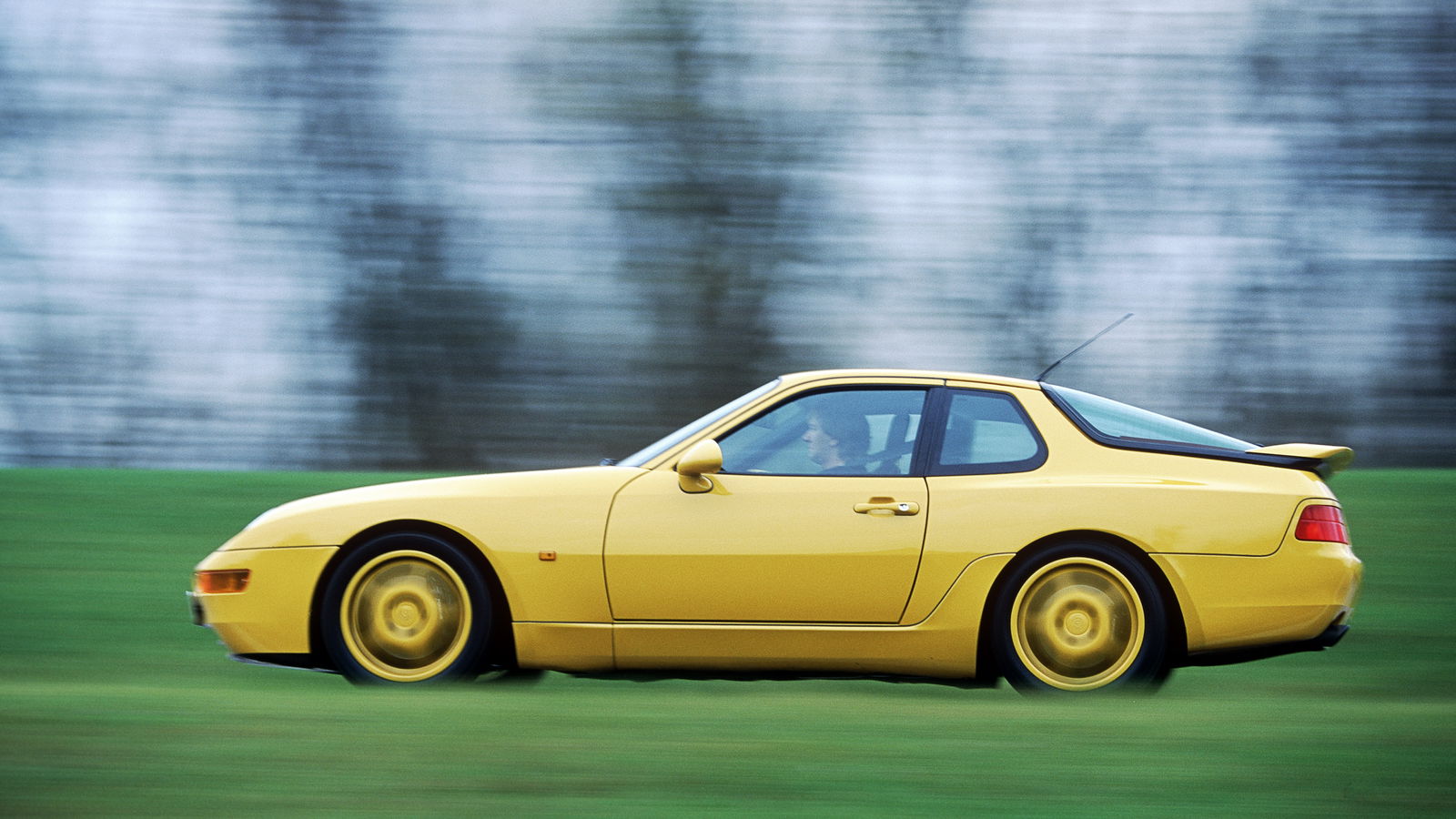
If you talk about large capacity car engines, the mind automatically jumps to noisy V8s, ludicrous V12s and beyond. But how many people would think of big four-cylinder units?
Usually bred for compact dimensions and fuel efficiency, the humble four-pot is commonly specified at 2.0 litres and below. It’s pretty rare to find four-cylinder units above 2.5 litres in size, because the engineering needed to contain the vibrations above that size becomes excessive – not to mention the power benefits of having more cylinders over larger displacement.
But over the years there have been some cars that pushed the boundaries of the four-cylinder engine. Here are five of them.
Chevrolet Colorado
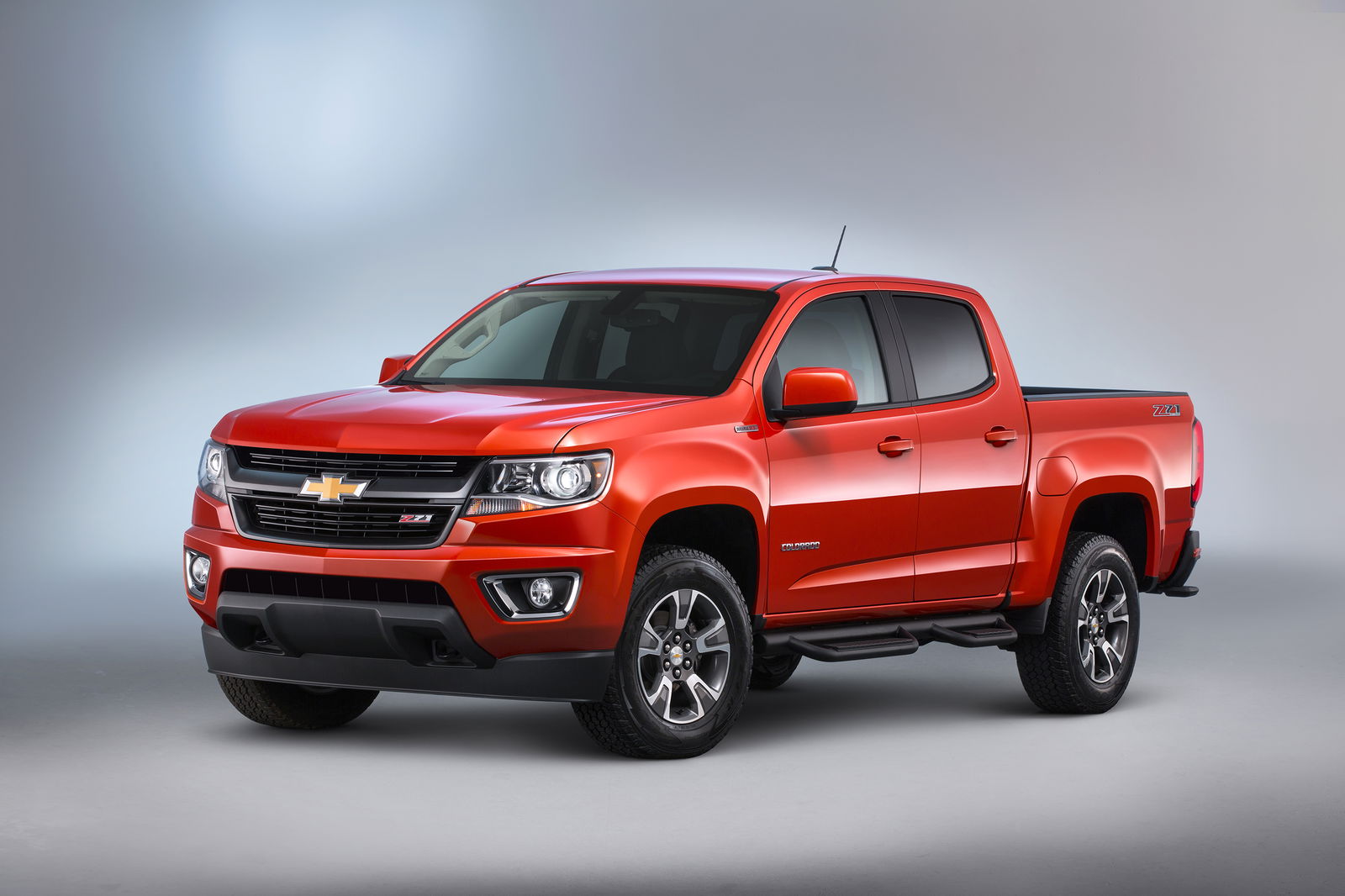
The massive 2.8-litre Duramax turbo diesel engine was used by General Motors in the second-generation Chevrolet Colorado midsize pickup and also in the mechanically identical GMC Canyon. Based on an Italian engine from VM Motori that was first produced way back in 2001, the big Duramax was produced in Thailand after GM bought a stake in VM Motori and built a new Thai factory. It was designed more for fuel efficiency than outright performance, and pushed out 179bhp and 369lb ft. It was produced until 2022.
Porsche 944 S2
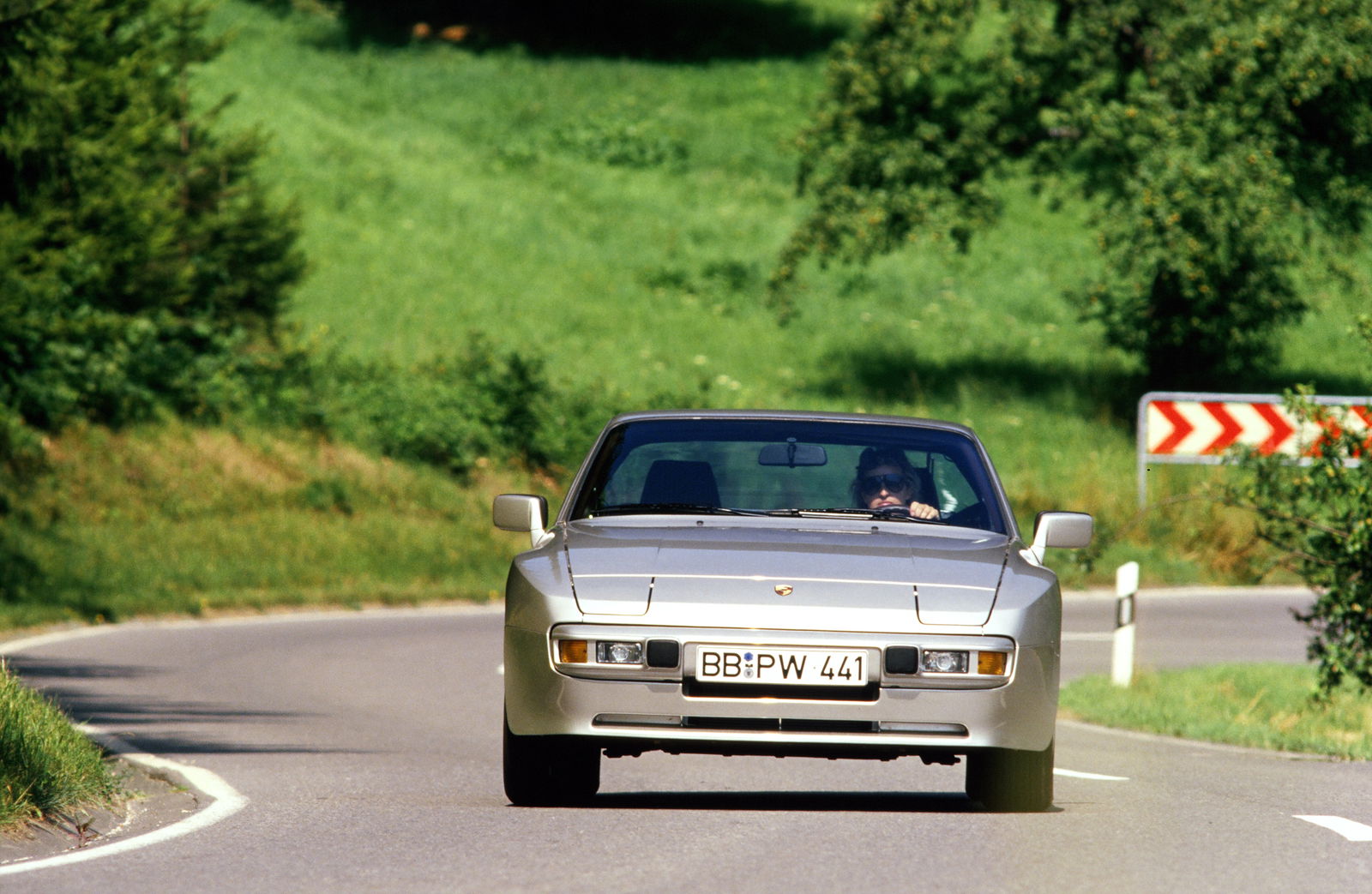
Porsche had long been playing with its M44 inline-four engine, which came into being in a Le Mans project in the early 80s and debuted in the 944 a year later as an already beefy 2.4-litre unit. But in 1989 Porsche bored it out to 3.0 litres, creating what was at the time the world’s largest four-cylinder production engine, and plonked it into the 944 S2. Naturally aspirated, the M44/41 engine developed 208bhp and 206lb ft of torque. Not only that, it was also more efficient and gave the driver better performance than the other engines in the 944 range. Performance wise, it could hit 60mph from standstill in 6.9 seconds, which wasn’t too shabby for the late 1980s. Downsides? The new engine wasn’t particularly tunable, unless you want to spend big money for relatively little gain.
Porsche 968
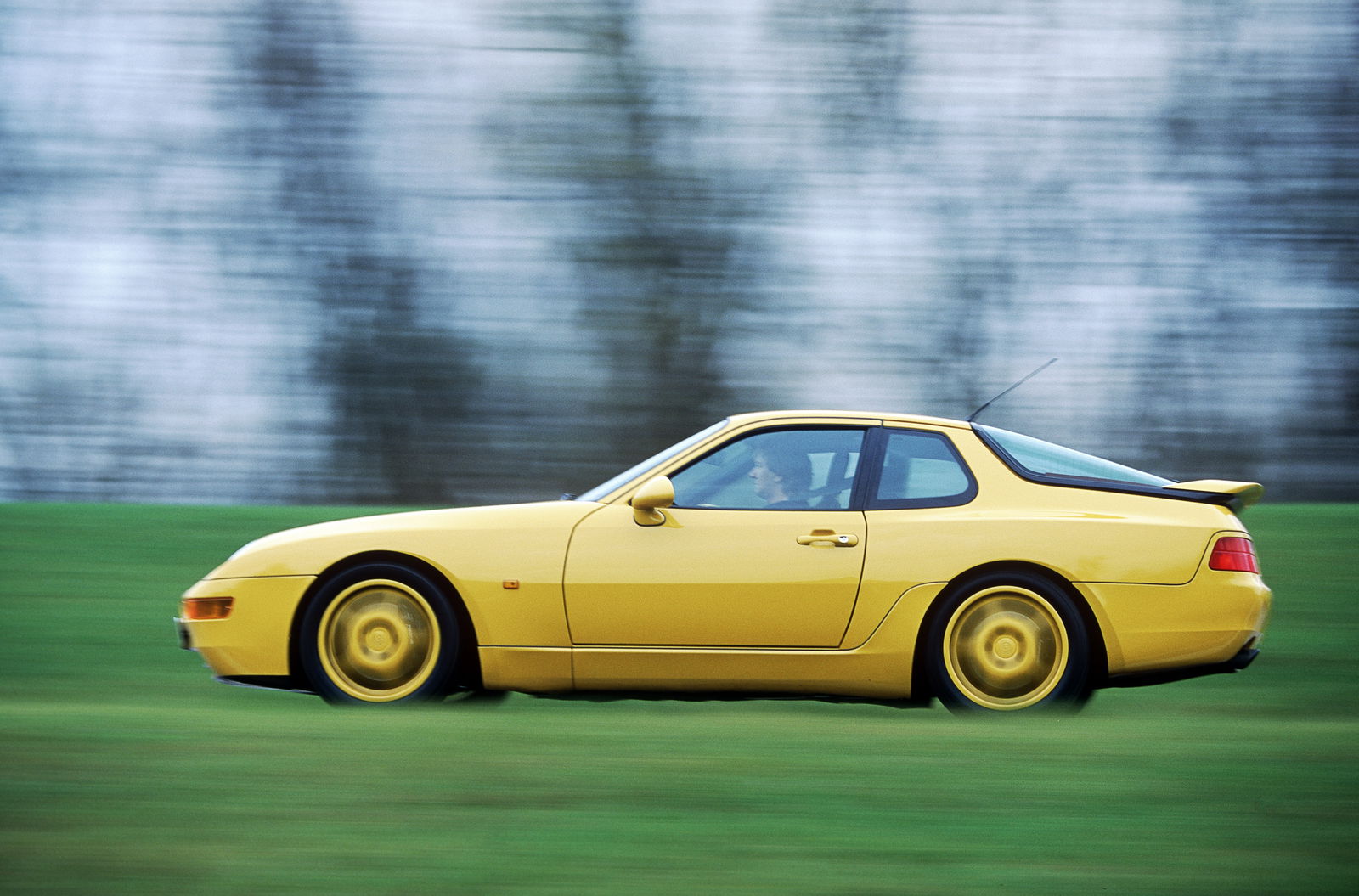
In 1992, the 944’s successor arrived. The Porsche 968 had under its bonnet a reworked version of the M44 engine, now called the M44/12. The 3.0-litre capacity remained but power was now up to 237bhp in the standard 968. Upgrades included variable valve timing and a more sophisticated engine management system. When the 968 Turbo S appeared in 1993, it developed 305bhp thanks to, yes, you guessed it, a turbocharger. However, the Turbo S was as rare as hen’s teeth – only 14 were built. Porsche Motorsports also built racing versions, called the 968 Turbo RS, which pushed power up to 350bhp using an uprated KKK turbo.
Pontiac Tempest
.jpg?width=1600)
The first-generation Pontiac Tempest was built from 1961 to 1963. A small (by American standards) family car, it was available with a couple of V8 choices, but also was the only car to feature the short-lived Trophy 4 engine. Essentially half of the 6.4-litre Trophy V8, the 3.2-litre four-cylinder was dreamt up by John DeLorean – yes, that one – and produced a whopping 110bhp, but could be boosted to 166bhp with various carburettor and fuel upgrades. The engine was noisy and unreliable – it was not a hit and was never used again.
Anything with an Iron Duke
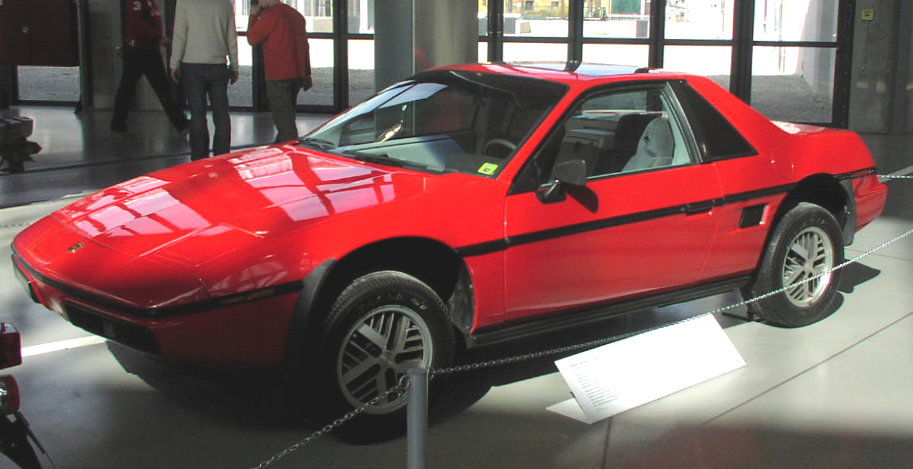
Depending on who you ask, General Motors’ long-serving Iron Duke engine is either amazing, or one of the worst engines of all time. On the one hand, this 2.5-litre inline-four proved durable and reliable over more than 15 years across numerous GM brands. On the other hand, it was deathly dull, very basic and very noisy, at least in the early days. The Iron Duke was beloved by mechanics for its simplicity, but hated by petrolheads for its utter lack of charm. Whatever your opinion, it was a mainstay in US cars between 1977 and 1993. It might be the smallest engine on this list, but it must have been doing something right.
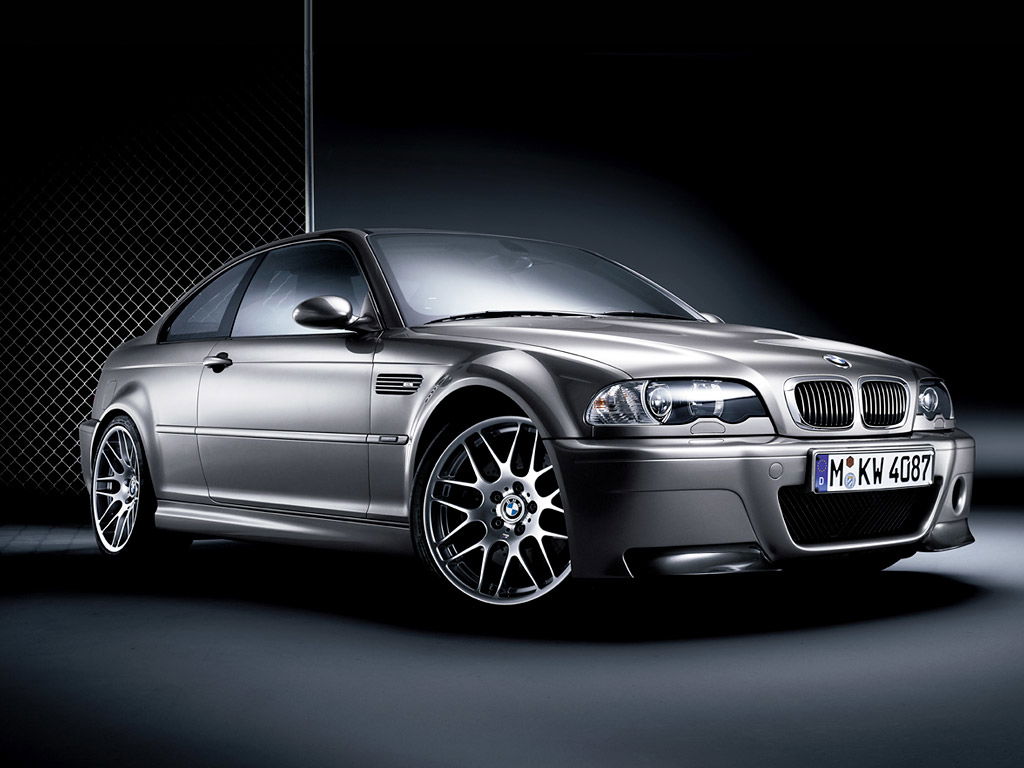













Comments
gasp
Forgot Ford’s 999 race car from 1902! 4 cylinders, 18.9 liters, 100 hp.
Bigger cylinder displacement than his 1901 Sweepstakes, which was an 8.8 liter boxer 2 cylinder. 26? hp but like ten tons of torque. There’s a recent video of Edsel Ford II driving it. He said it pulls like a freight train.
That fiat sound like anti-lag.
Hyundai Terracan 2.9 diesel too
If I remember correctly Saturn had a 4.2 four cylinder
After watching the fiat while using headphones
What about the 3.2 diesel in the Mitsubishi Pajero? Its been used for well over 10 years now so I think it should qualify :) originally making just over 160hp and now pushing out 200hp in the 2010 and up Pajero’s
That moment when you buy an engine swapped Audi A6 3.0 Quattro but realise that it has the Porsche 3.0l Inline 4
Pagination